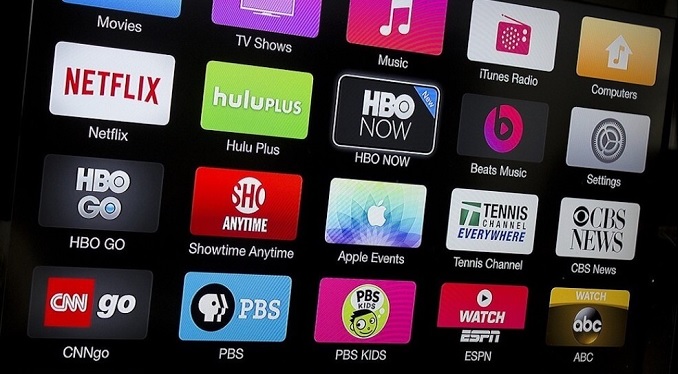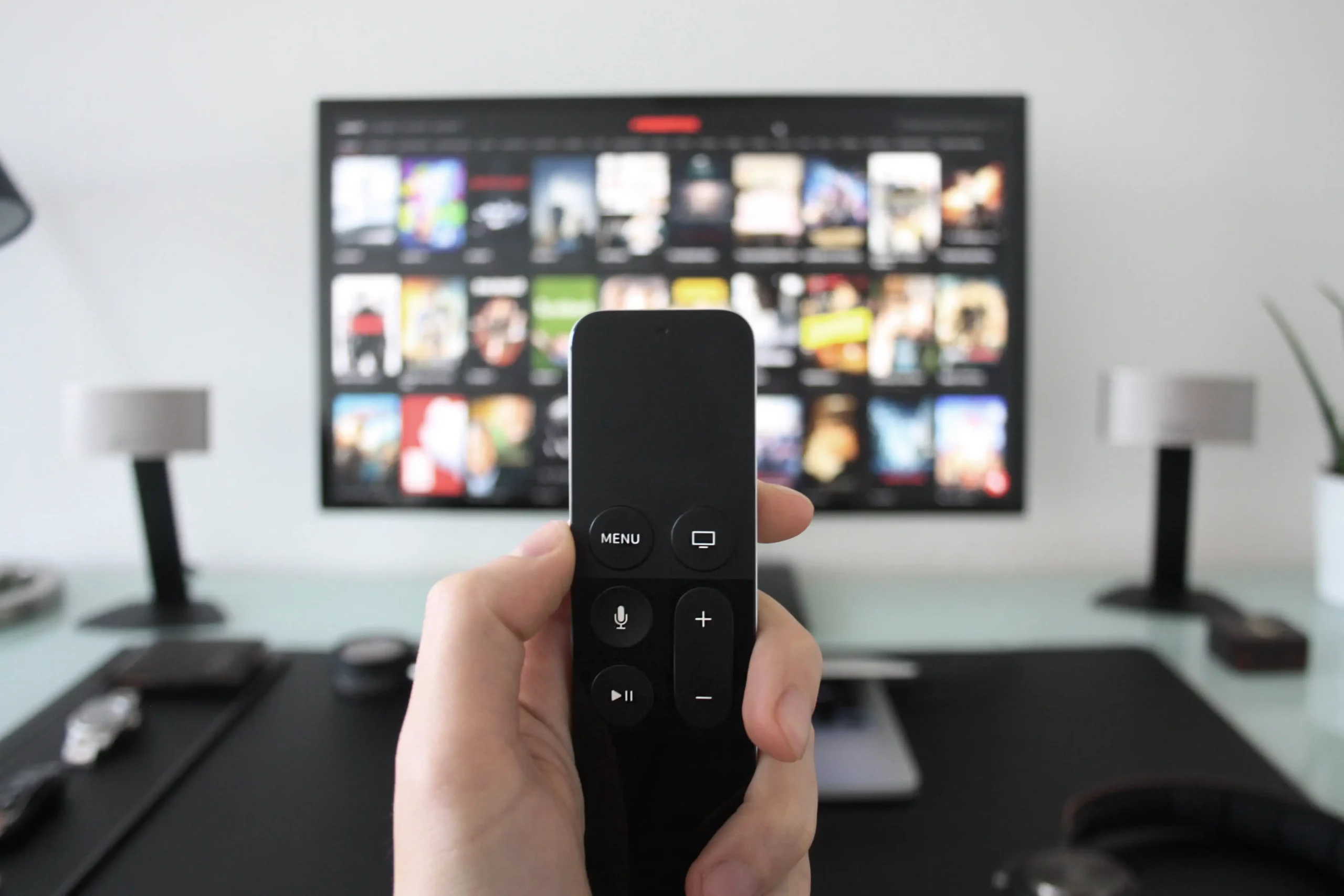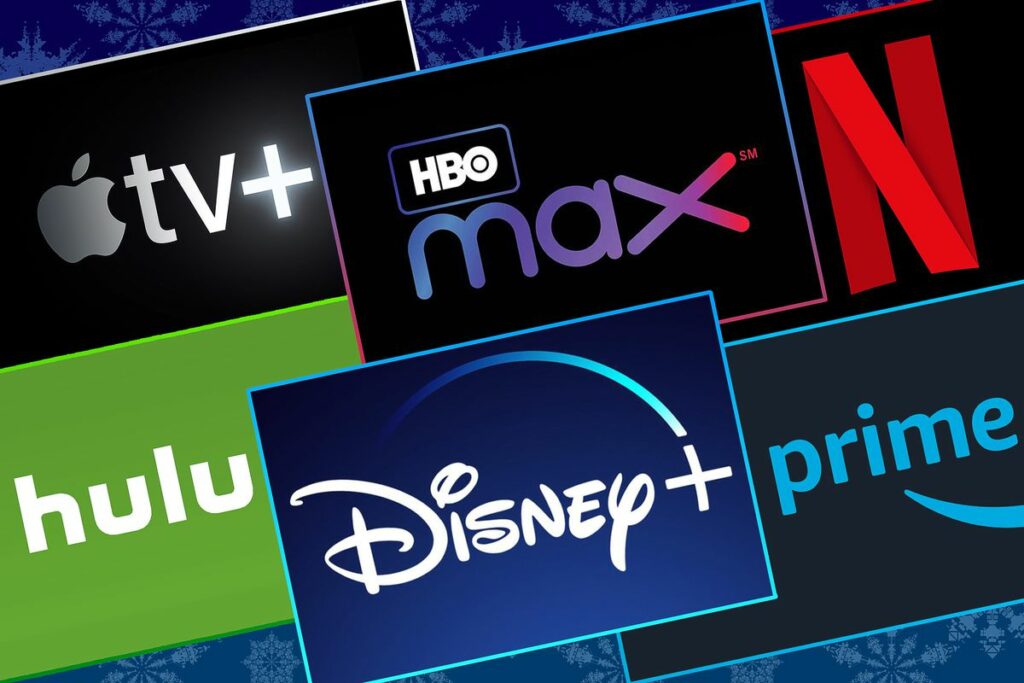Streaming can be a cost-effective alternative to expensive cable TV packages.
However, according to a Bango research issued earlier this month, the average U.S. household spends about $1,000 on streaming services annually.
Bango, which gives software to firms to help them bundle subscriptions, polled 5,000 people about their streaming habits and discovered that the typical user subscribes to 4.5 services, including streaming, gaming, news, home technology, and online shops. According to the survey, 10% of participants signed up for more than ten services, while 2% reported having more than 15 accounts. In terms of streaming, 76% reported paying for at least one streaming video-on-demand platform, while 13% pay for sports video-on-demand services. Due to recent price increases across platforms, 57% indicated they had canceled a membership, while 67% stated they couldn’t afford all of the subscriptions they desired.

Overall, Bango discovered that customers spend an average of $924 a year on subscriptions, or almost $77 per month. That’s still less than the average cable TV bill, which is more than $200 per month for a total of $2,640 annually. The study also discovered that 25% spend $100 per month, while one in twenty spends more than $200 per month – still less than cable television. Parents typically spend more on services, averaging $83.40 each month. One in ten parents also subscribes to educational subscriptions for their children.
If you want to know what you’re paying for, Rocket Money has a new tool that scans your bank accounts and looks for subscriptions. After reviewing your accounts, it will compile a list of all subscriptions you are paying for in one place, allowing you to easily identify those you do not want.
READ MORE: Another State Is Seeking To Tax Cable TV Companies And Other Streaming Services

If you see anything you’ve paid for but don’t want, simply notify Rocket Monday to cancel it. Rocket Money will handle the rest for you.
Previously, people avoided paying for individual services by swapping passwords. Bango discovered that 35% of customers now pay for a subscription they received for free from another account before the crackdowns began. However, with firms such as Netflix and Disney+ prohibiting password sharing, many people have either stopped using the services or signed up for their own, increasing their monthly entertainment expenses.

While free ad-supported streaming services such as Pluto TV, Tubi, and The Roku Channel exist, many other services, such as Prime Video, are increasing their revenue by introducing commercials to formerly ad-free subscriptions. When paid memberships include advertisements, 78% of respondents strongly oppose, and 31% have discontinued their subscriptions as a result. Nonetheless, 36% claimed they upgraded services to avoid commercials, while 40% leaped at the chance to save money by downgrading to a lower-cost, ad-supported plan.
People can save money by combining services. Indirect subscriptions allow users to mix services and sign up for bundle deals. Bango discovered that 20% of subscribers joined up solely through indirect methods, while 34% signed up through another service they had paid for. Regarding bundles, Bango discovered that 29% of users receive free subscriptions as part of the offer. Nonetheless, 80% of consumers sign up directly for services.

Bango discovered that 49% of customers find it inconvenient because all of their subscriptions cannot be controlled in one place, while 44% struggle to keep track of all of their memberships. One in every four people has a membership that they keep indefinitely, known as Forever Subscriptions, although they desire flexibility for their second choice platforms. People want to be able to personalize their entertainment experiences, and 35% plan to suspend subscriptions and keep this in mind when signing up for a new platform.
Bango discovered that maintaining which subscriptions people have and the quantity of different bills can be perplexing. Customers are losing track of all of their paid services, leading in an increase in “Vampire Subscriptions.” These are services that people do not require but fail to cancel, with 36% of respondents paying for something they do not use.

Subscribers want the greatest bargain with the fewest ad interruptions and to avoid switching platforms often. According to Bango, 73% of users want a single center to manage all subscriptions, and 54% want it to give subscription discounts.
This is another instance where bundling can be useful. Approximately 50% of respondents want their cell providers to offer a single platform for all of their subscriptions, and 61% are willing to pay more for the benefit.
Some services, such as Prime Video, allow customers to sign up for several platforms and access all content from the app. Verizon has launched +play, an online platform for managing all streaming subscriptions in one spot. Verizon offers a variety of services, including Max, Apple One, and Peloton, in addition to wireless service.
Radiant TV, offering to elevate your entertainment game! Movies, TV series, exclusive interviews, music, and more—download now on various devices, including iPhones, Androids, smart TVs, Apple TV, Fire Stick, and more.


